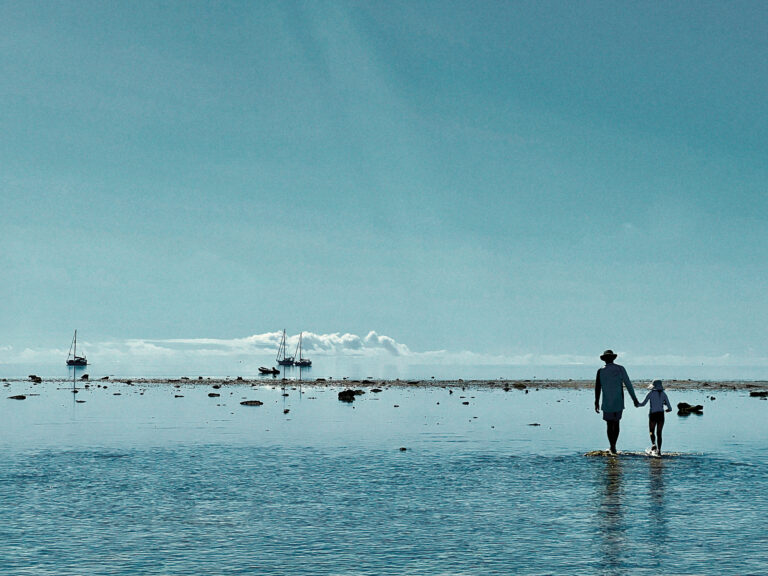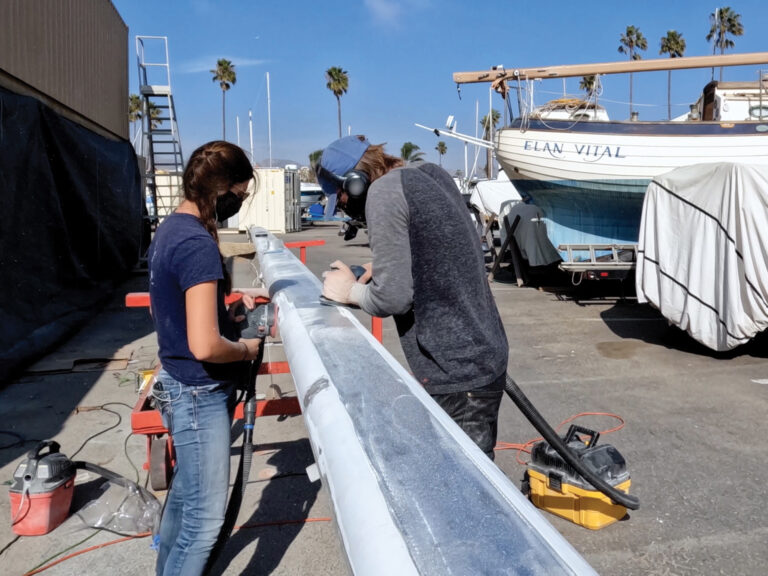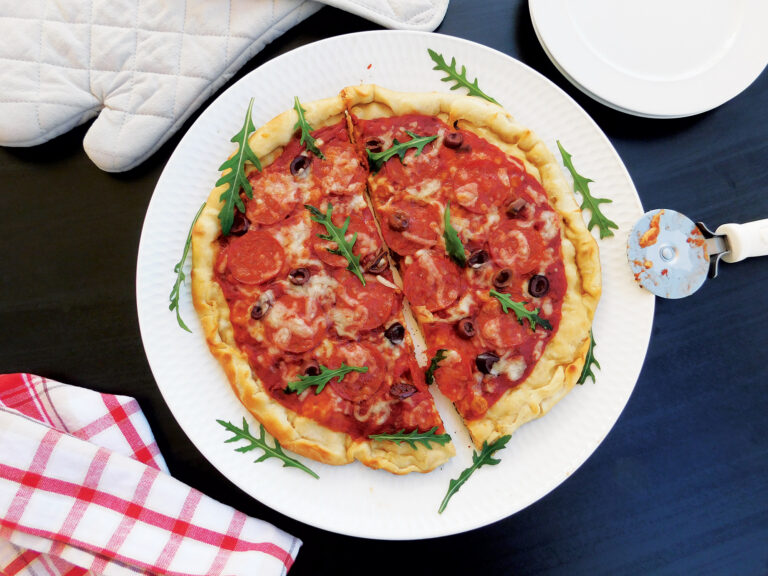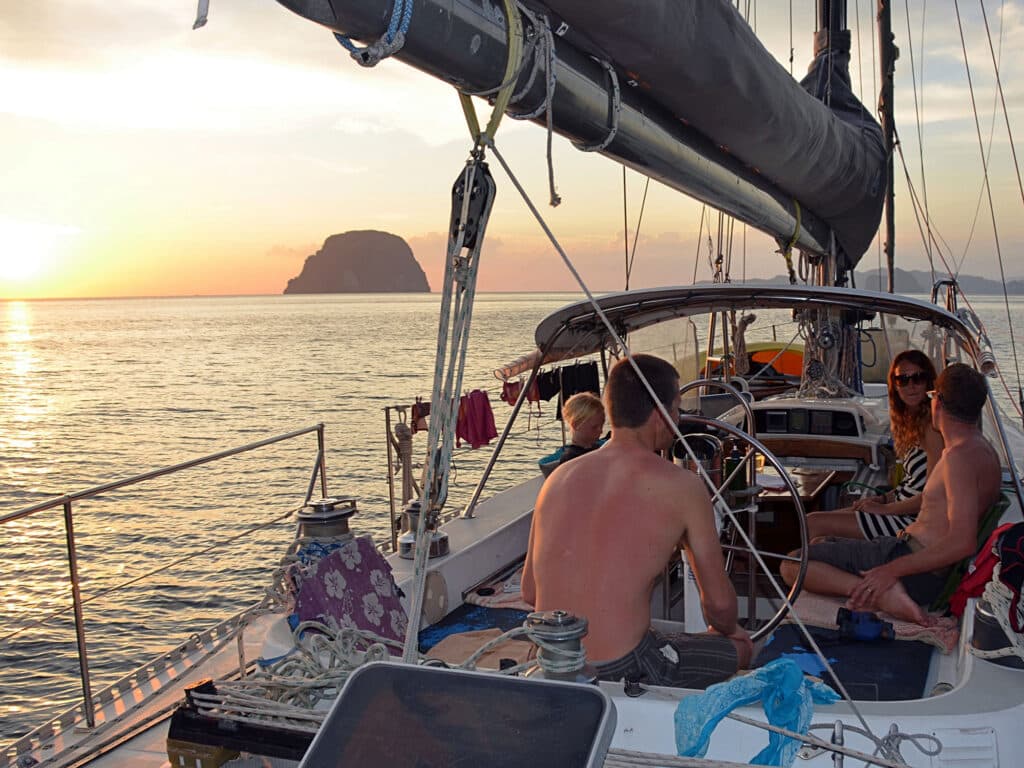
Cruising is rife with hidden costs. When my husband, Jamie, and I work with people who want to sail away, realistic cost planning is one of the most important reality checks we provide as coaches. Whether it’s effectively assessing a boat’s outfitting needs or helping estimate annual living expenses, it takes money to go cruising.
But the past few weeks, I’ve been coming to grips with a cruising cost of another kind: the relationship cost.
When we sailed out of Puget Sound in 2008, our financial picture was not as rosy as we anticipated. The cruising kitty we thought we’d have for our two- to five-year sabbatical was based in large part on proceeds from selling our house, but the real-estate market crashed: no house sale. Instead, we had a radically trimmed budget as we paid the mortgage. The original plan would have included a trip back to the United States for a milestone event or holiday family gathering without a hitch. The revised plan, well, was wafer-thin.
So, we made the difficult decision to stay … no, wait. Obviously, we still went anyway. And it wasn’t difficult to decide to go, despite the massive budget haircut. We’d trade experiences of a lifetime for the ability to fly back to visit loved ones during those years. Our plan: return by the time our son, Niall, started high school to reboot life on land. The annual rummy tournament (our family reunion proxy) could wait until then, and hopefully we’d have family visit us along the way.
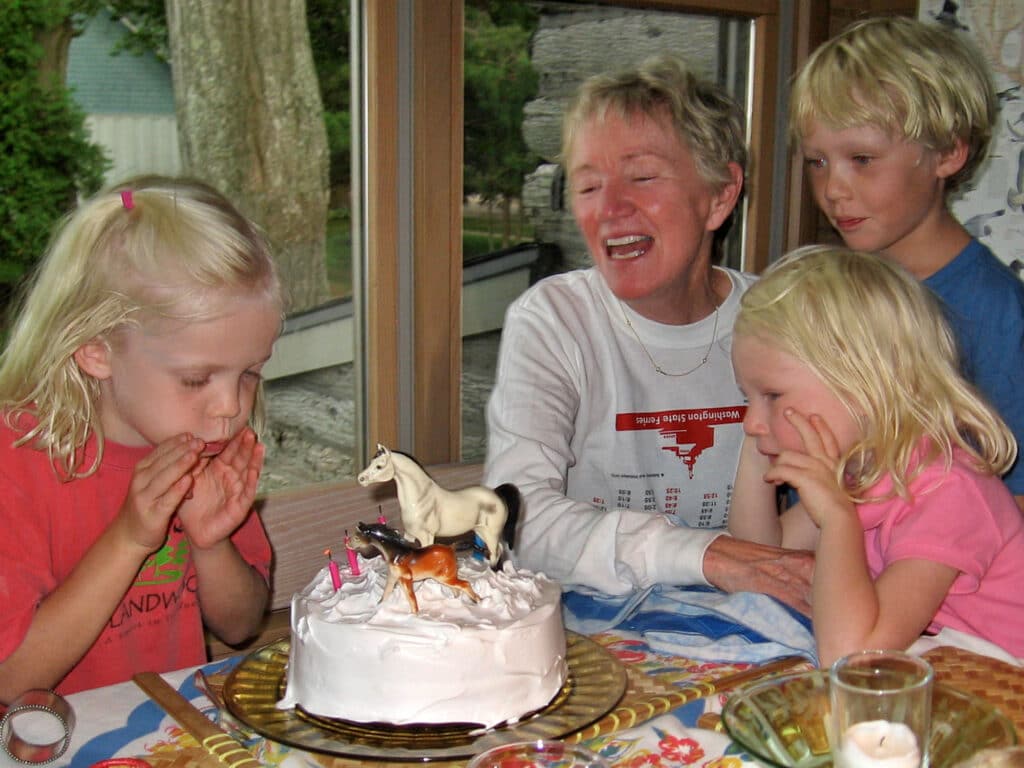
How did this constraint play out for relationships? In 2009, part of our prep to head to the South Pacific included a massive round of visits to make up for our absence from North America for a year or two. With our Stevens 47 Totem tucked away for peak hurricane season in San Carlos, Mexico, we drove a 10,000-plus-mile loop through the United States to visit friends and family. We had more time than money, and a rental car paid for by frequent flier miles. We had joyful reunions while banking memories. And then, we sailed away.
As we neared the two-year mark of our cruising adventures, barely six months’ worth of funding was left in the cruising kitty. In a family meeting while Totem bobbed on a mooring at the Tahiti Yacht Club, the crew was unanimous about wanting to press on through the South Pacific (I had a job offer in Sydney, Australia) instead of looping back to the Pacific Northwest via Hawaii.
Our cash crunch helped explain why we wouldn’t be flying back for the rummy tournament. Flying home wasn’t just five international round-trip plane tickets, although that would have been a serious dent in our annual budget. Beyond travel costs, it was the expense of leaving Totem somewhere safe (read: marina fees) with confidence (read: paying someone to visit and send us pictures as well as status updates).
There’s a reality check to introduce here. You have to prepare yourself for the fact that folks from home who say they’ll visit you probably won’t, despite their best intentions. For most people, it proves too difficult to marry scarce vacation days with costlier travel. This is often distant travel, and perhaps also uncomfortable travel. Just working out the logistics can be too much. Weather rules our lives, and fixed flight dates don’t play well with that. “They can pick the time or the place, but not both” was the guidance from our mentors. That thinking doesn’t align well with visitors tallying limited vacation days.
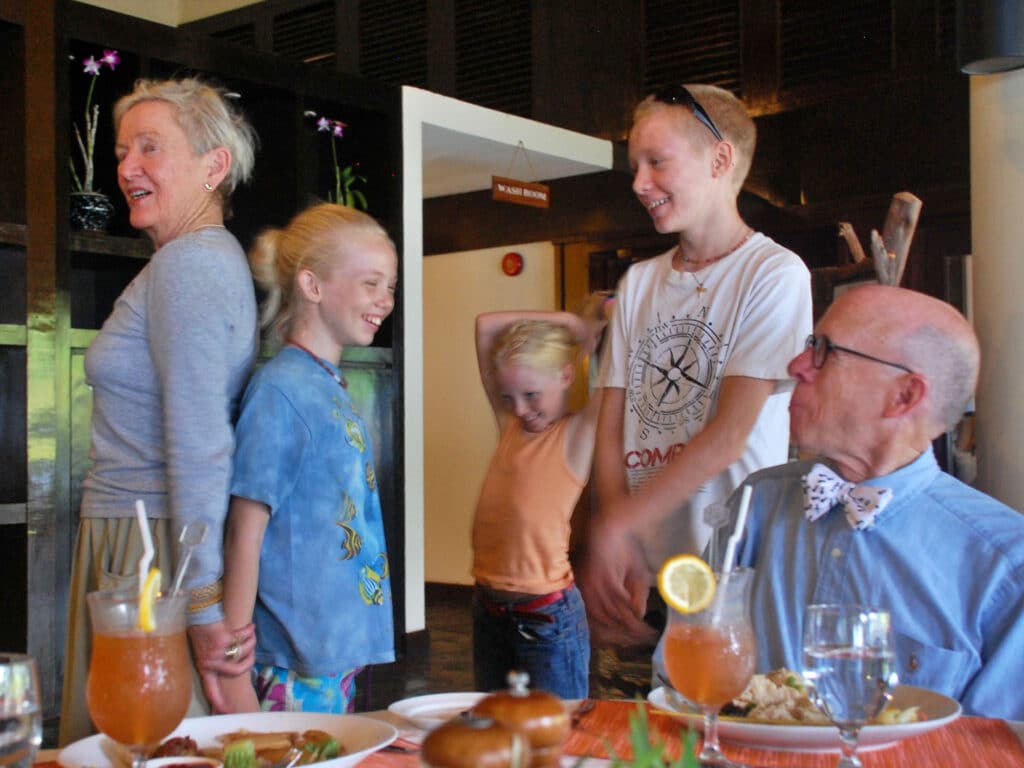
Happily, about a year after we left Australia, we had several family visits. My parents spent time with us in Malaysia; the peninsula has several resorts with marinas attached, and we dosed up with family time as much as we could. My brother, sister-in-law and niece spent their Christmas break with us in Thailand. Several visits from cousins, and a few from close friends, speckled the next couple of years.
Technology has made long separations easier than in years gone by. Video calls are normalized, and they help to lower the relationship costs of rare visits. These tools were nascent when we departed, and they’re pretty incredible now. Of course, we also had no idea we’d be gone so long, but there’s really not a substitute for time in person.
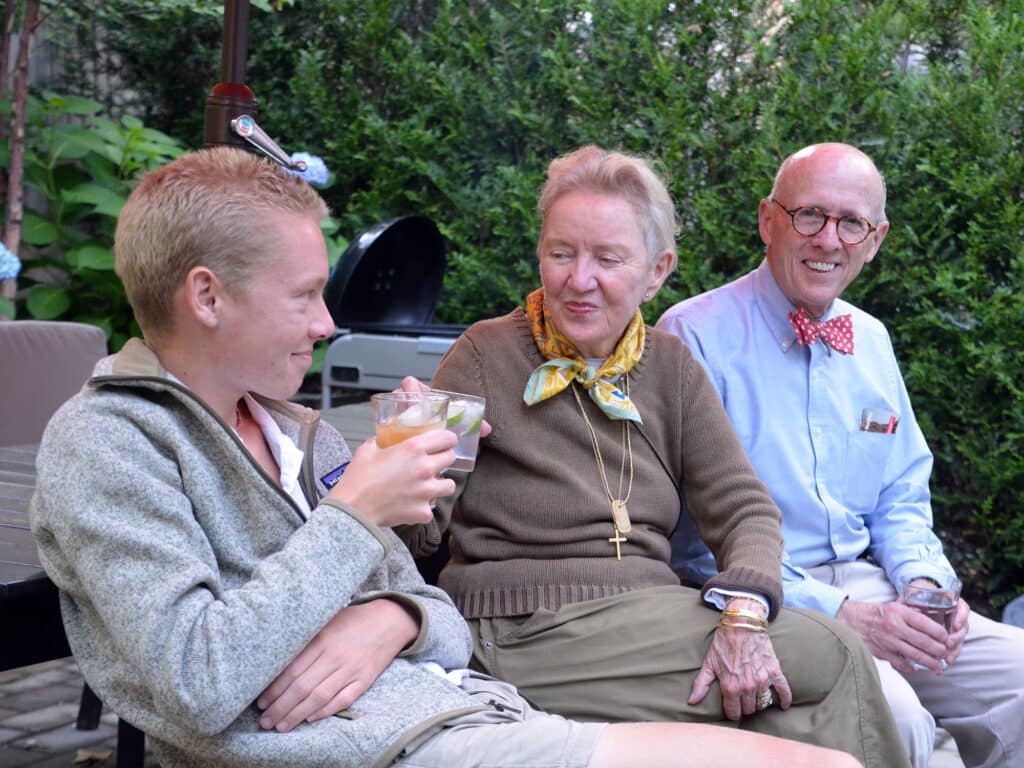
The past few months have been hard: Radio silence on the blog and much of our social media speak to this. At the beginning of January, I thought the hard part was going to be adjusting to an empty nest. A few days later, my mother started hospice (after years of progression with frontotemporal dementia). We thought there were months left, but just a few days after arriving back in Mexico, I found myself on a plane back in the wake of her death.
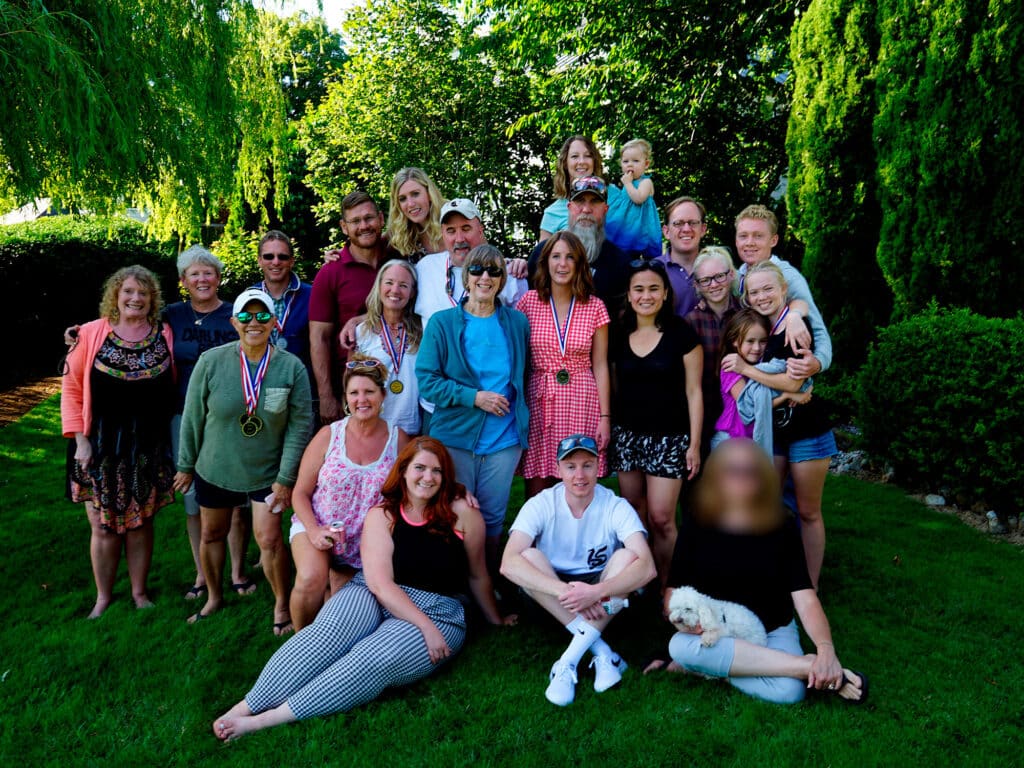
One of the raw, sharp edges to my grief is how the years away mean that our kids didn’t know her. Their grandparents spent so much time with them as littles, even buying a home near us on Washington’s Bainbridge Island a few years before we sailed away. But the kids don’t remember, or barely remember, those early years. By the time we returned to the west coast of North America and were more readily able to travel back for visits, Mum’s dementia had progressed far enough that she didn’t know them, and they couldn’t know her.
Back to that the difficult decision we made: the one to go anyway. I’d choose it again, as hard as it feels in this moment. Cruising has brought happiness beyond what Jamie and I hoped for: a tight-knit family with three incredible kids shaped by their voyaging youth. But the relationship cost is real. It has illuminated a hidden cost that, for anyone planning to go cruising, is worth counting in fungible terms when budgeting to sail away. It may well be, as with maintenance expenses, among the biggest unanticipated costs of cruising.
Last week, I found a lump in my breast, just a few days after fulfilling my mother’s wishes to be buried at her family’s legacy plot in St. Louis. I was back in Mexico, and over dinner that night with Jamie, I kept cracking up: the dark humor is irresistible. Skipping to the punchline: I’m fine. A biopsy is pending, but the lump has every appearance of benign cysts.
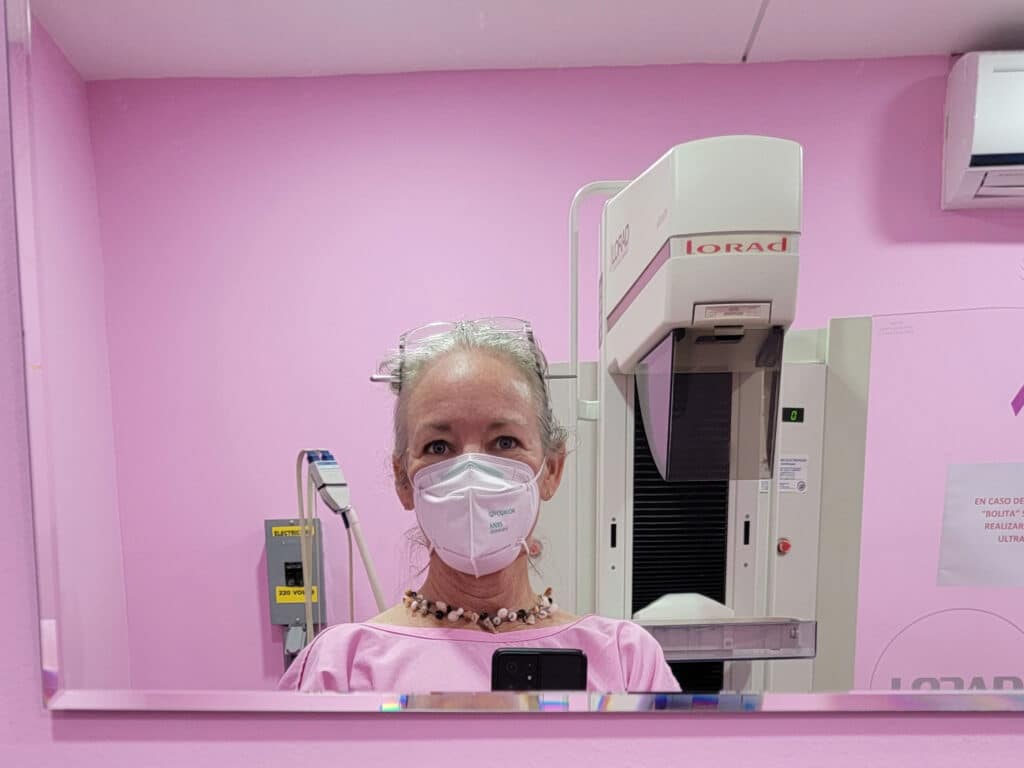
What will 2023 have for us next? After an emotionally exhausting couple of months, the fog is clearing (and Jamie would joke that it’s a good thing, as we are pressing hard toward launching Totem, and he’d appreciate some help). Two things are helping bring clarity in the muddle.
First, a friend who also suffered a long goodbye with a parent counseled that as time goes on, it will be the old, vibrant Mum who will return to dominate my memories. Second, it’s the feeling that I think is shared among parents: Our goal is raising kids who happily steer their own course.
I want to think that would be how Mum feels about our years away. I’ve been following my bliss, and preparing our children to follow theirs.






